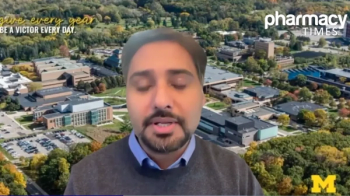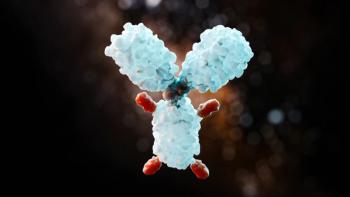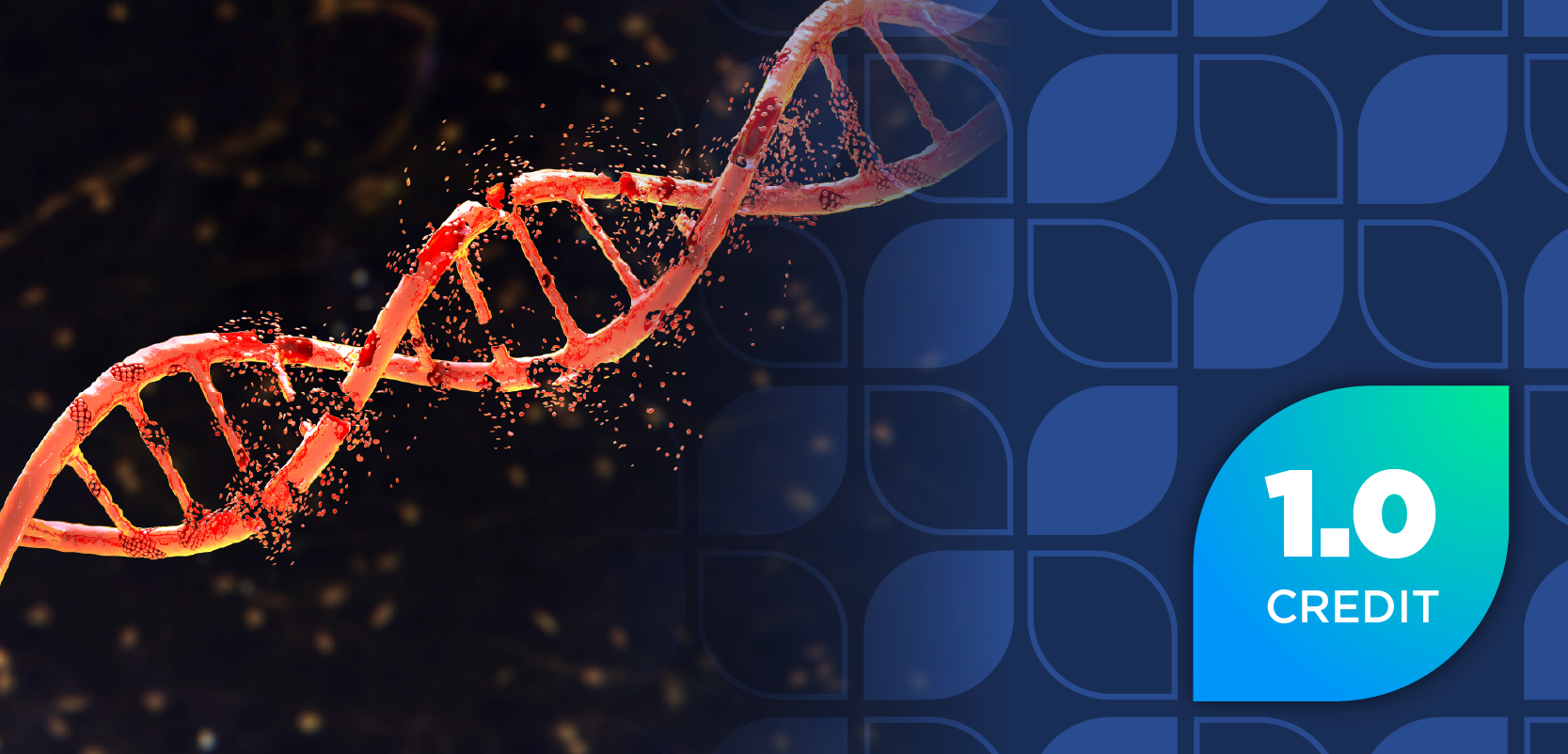
Scientists Reach Breakthrough in Rare Lymphoma
Two mutations may cause angioimmunoblastic T cell lymphoma.
While many subtypes of lymphoma are treatable, angioimmunoblastic T cell lymphoma (AITL) is notoriously difficult to cure due to a lack of specific therapies. Even after treatment, AITL commonly
New findings from the Journal of Clinical Oncology suggest that 2 genes commonly mutated in AITL may play a role in disease progression. The authors of the study hypothesize that the mutations work together and change T cell function during progression.
AITL is a peripheral T cell lymphoma, which means that T cells function improperly. Unfortunately, this type of lymphoma is difficult to diagnose because it can be mistaken for autoimmune diseases, according to the authors.
When T cells malfunction, they can leave the body vulnerable to infections and cause inflammation and autoimmune conditions. Normally, the body keeps itself healthy through a balance between active and suppressor T cells; however, when the balance is thrown off, it can result in disease.
Previously, researchers were uncertain what shifted the balance between the types of T cells.
“If we can find the mechanism, we can hopefully calm down the T-cells and potentially treat the lymphoma,” said researcher Yun Huang, PhD.
The authors believe that the mechanism is related to mutations in the RhoA and Tet2 proteins, which are located in the cytoplasm of the cell and the nucleus, respectively, according to the study. These mutations are commonly found among patients with AITL.
In an animal model, the authors found that both mutations have to be present to result in inflammation.
“That means the mutations—even though they are in different sub-compartments—have to work together to cause the T-cell malfunction,” Dr Huang said.
The mutations work by inactivating the FoxO1 transcription factor, which maintains normal T cell function, according to the authors.
“Think of FoxO1 as a soldier who must take orders from 2 officials—Tet2 and RhoA, in this case—in different battlefields, which are the nuclei and the cytoplasm, to complete a mission,” Dr Huang said. “When there are the 2 types of mutations present to give wrong orders, FoxO1 becomes a vulnerable target to be destroyed, and its mission will be aborted.”
The team of researchers observed similar findings in human cells. When a patient with AITL had the mutations, FoxO1 did not function properly, according to the study.
The authors are planning to conduct other studies related to AITL, including screening drugs to reset the function of FoxO1 and improve patient outcomes, according to the study.
“We also think that our conclusions can be further extended to other types of cancers sharing similar genetic defects,” Dr Huang concluded. “If you’re doing precision medicine and very narrowly targeting treatments to a specific subtype of the disease, you have to know what you’re targeting. We think this research is the beginning of the ability to do just that for a deadly form of cancer.”
Newsletter
Stay informed on drug updates, treatment guidelines, and pharmacy practice trends—subscribe to Pharmacy Times for weekly clinical insights.
















































































































































































































